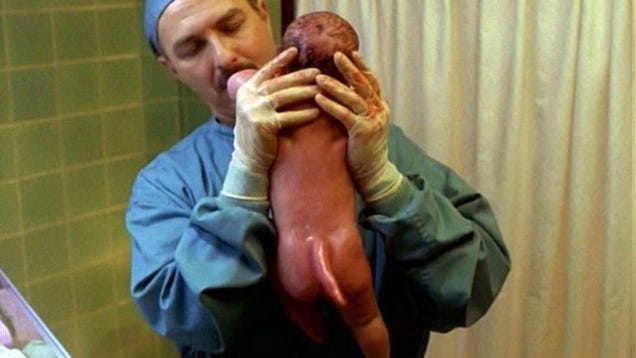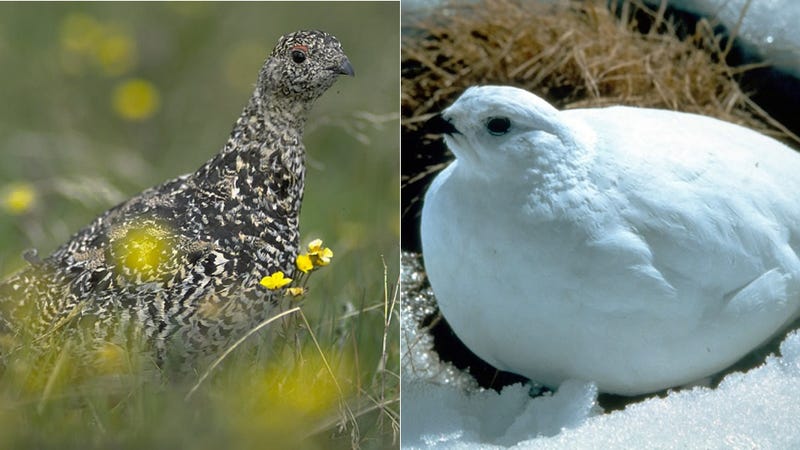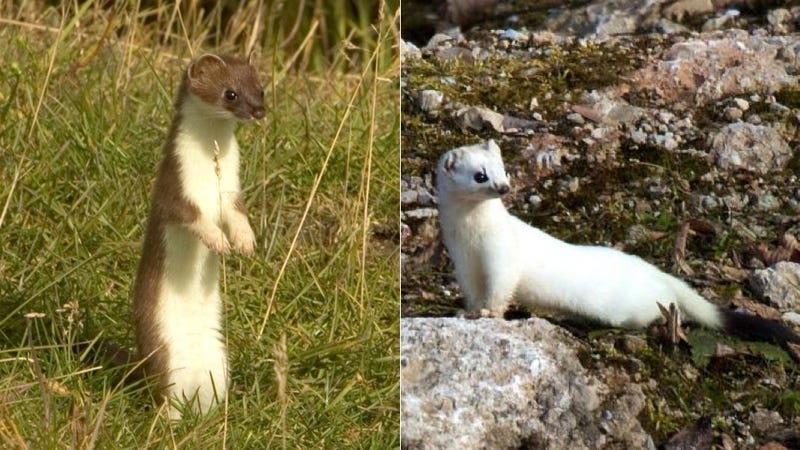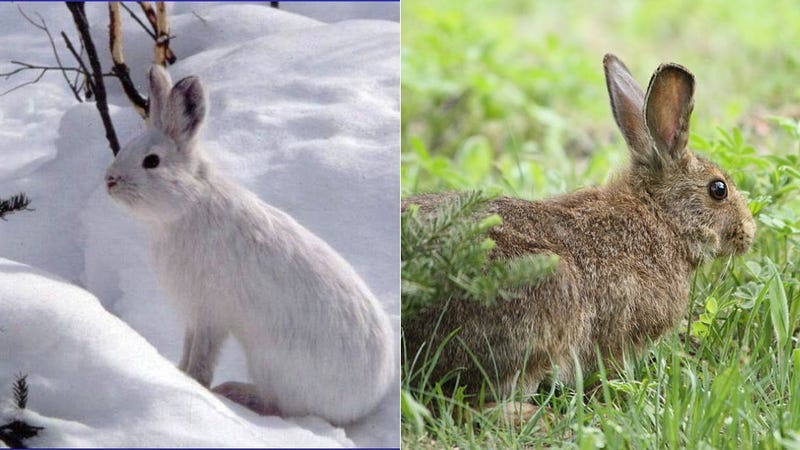Charles Darwin listed a number of putative human vestigial features, which he termed rudimentary, in The Descent of Man (1890). These included the muscles of the ear, wisdom teeth, the appendix, the tail bone, body hair, and the semilunar fold in the corner of the eye. Darwin also commented on the sporadic nature of many vestigial features, particularly musculature. Making reference to the work of the anatomist William Turner, Darwin highlighted a number of sporadic muscles which he identified as vestigial remnants of the panniculus carnosus, particularly the sternalis muscle.[1][2]
In 1893,
Robert Wiedersheim published
The Structure of Man, a book on
human anatomy and its relevance to man's evolutionary history. This book contained a list of 86 human organs that he considered vestigial, or as Wiedersheim himself explained: "Organs having become wholly or in part functionless, some appearing in the Embryo alone, others present during Life constantly or inconstantly. For the greater part Organs which may be rightly termed Vestigial."
[3] His list of supposedly vestigial organs included many of the examples on this page as well as others then mistakenly believed to be purely vestigial, such as the
pineal gland, the
thymus gland, and the
pituitary gland. Some of these organs that had lost their obvious, original functions later turned out to have retained functions that had gone unrecognized before the discovery of hormones or many of the functions and tissues of the immune system.
[4][5] Examples included:
- the role of the pineal in the regulation of the circadian rhythm (neither the function nor even the existence of melatonin was yet known);
- discovery of the role of the thymus in the immune system lay many decades in the future; it remained a mystery organ until after the mid-20th century;
- the pituitary and hypothalamus with their many and varied hormones were far from understood, let alone the complexity of their interrelationships.
Historically, there was a trend not only to dismiss the
vermiform appendix as being uselessly vestigial, but an anatomical hazard, a liability to
dangerous inflammation. As late as the mid-20th century, many reputable authorities conceded it no beneficial function.
[6] This was a view supported, or perhaps inspired, by Darwin himself in the 1874 edition of his book
The Descent of Man, and Selection in Relation to Sex. The organ's patent liability to appendicitis and its poorly understood role left the appendix open to blame for a number of possibly unrelated conditions. For example, in 1916, a surgeon claimed that removal of the appendix had cured several cases of
trifacial neuralgiaand other nerve pain about the head and face, even though he stated that the evidence for appendicitis in those patients was inconclusive.
[7] The discovery of hormones and hormonal principles, notably by
Bayliss and Starling, argued against these views, but in the early twentieth century, there remained a great deal of fundamental research to be done on the functions of large parts of the digestive tract. In 1916, an author found it necessary to argue against the idea that the colon had no important function and that "...the ultimate disappearance of the appendix is a coordinate action and not necessarily associated with such frequent inflammations as we are witnessing in the human..."
There had been a long history of doubt about such dismissive views. Around 1920, the prominent surgeon
Kenelm Hutchinson Digbydocumented previous observations, going back more than thirty years, that suggested lymphatic tissues, such as the tonsils and appendix, may have substantial immunological functions.








